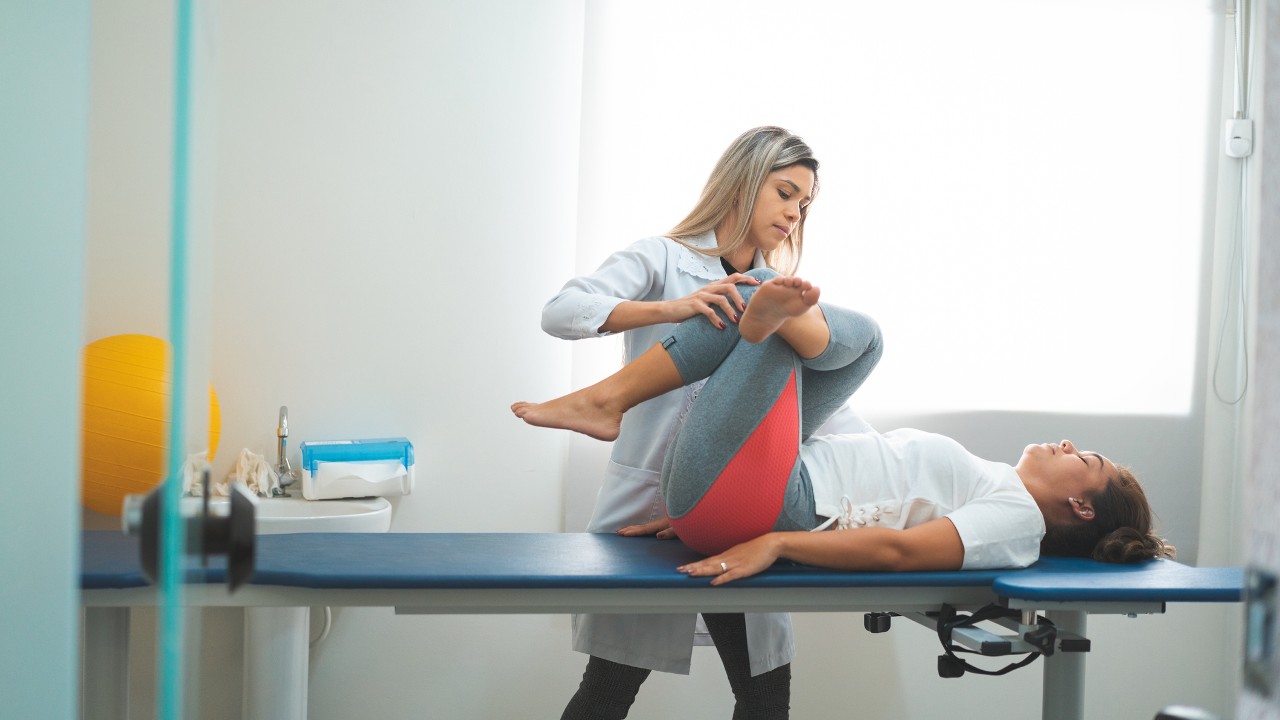Six Things This Osteopath Wishes People Knew So They Didn’t End Up Having To Visit An Osteopath
Prevention is always better than cure, so heed this advice and avoid bigger problems down the line

When it comes to physical health, many of us tend to avoid making changes until we face a really serious problem – whether it’s the knee niggle you try and run through, the healthy diet you’ve been putting off adopting for months, or the twinges in your back you hope will just go away of their own accord.
As you probably know, this is not the smartest approach. Prevention is better than cure, and the earlier you ward off potential problems and take healthier approaches, the more benefits you’ll feel and the fewer problems you’ll suffer.
And being smart might mean you never have to experience the kind of painful muscle and joint problem that prompts you to see an osteopath. So we asked osteopath Anisha Joshi, whose practice is in London’s Cavendish Square, for her top tips to prevent pain from developing.
1. Work On Imbalances
We all have a dominant side, which means that you probably have imbalances when you work out or train. It’s important to try to strengthen the weaker side to ensure your body, and particularly the muscles that attach to your spine, are more balanced.
- Unilateral Exercises To Add To Your Training
- Four Back Stretches And Exercises To Prevent Painful Problems
2. See The Difference
Look in the mirror. Is one shoulder higher than the other? Does one hip look wonky? If so, it could indicate that you are out of balance and need adjusting. It is better to see an osteopath once or twice when you’re not in pain than to cause yourself some real damage and need to go in every week for months on end.
3. Choose Cold Over Heat
Heat packs soothe the pain, but don’t always get to the root of the problem. If you’re injured it is normally best to put an ice pack on the injury or strain because this reduces inflammation.
4. Stretch Dynamically
There is little evidence to support [static] stretching reducing the chance of injury and delayed onset muscle soreness (DOMS). It’s better to do dynamic stretches that encourage movements through the joints and increase the synovial fluid and blood circulation.
Get the Coach Newsletter
Sign up for workout ideas, training advice, reviews of the latest gear and more.
5. Rest Isn’t Rehab
It’s important to keep moving when you are stiff or in pain – within reason.
6. Eat Fish And Drink Like A Fish
Diet really does help your joints. If you can have two or three portions of oily fish a week and drink lots of water, this will really help with muscle and joint health.

Nick Harris-Fry is a journalist who has been covering health and fitness since 2015. Nick is an avid runner, covering 70-110km a week, which gives him ample opportunity to test a wide range of running shoes and running gear. He is also the chief tester for fitness trackers and running watches, treadmills and exercise bikes, and workout headphones.
